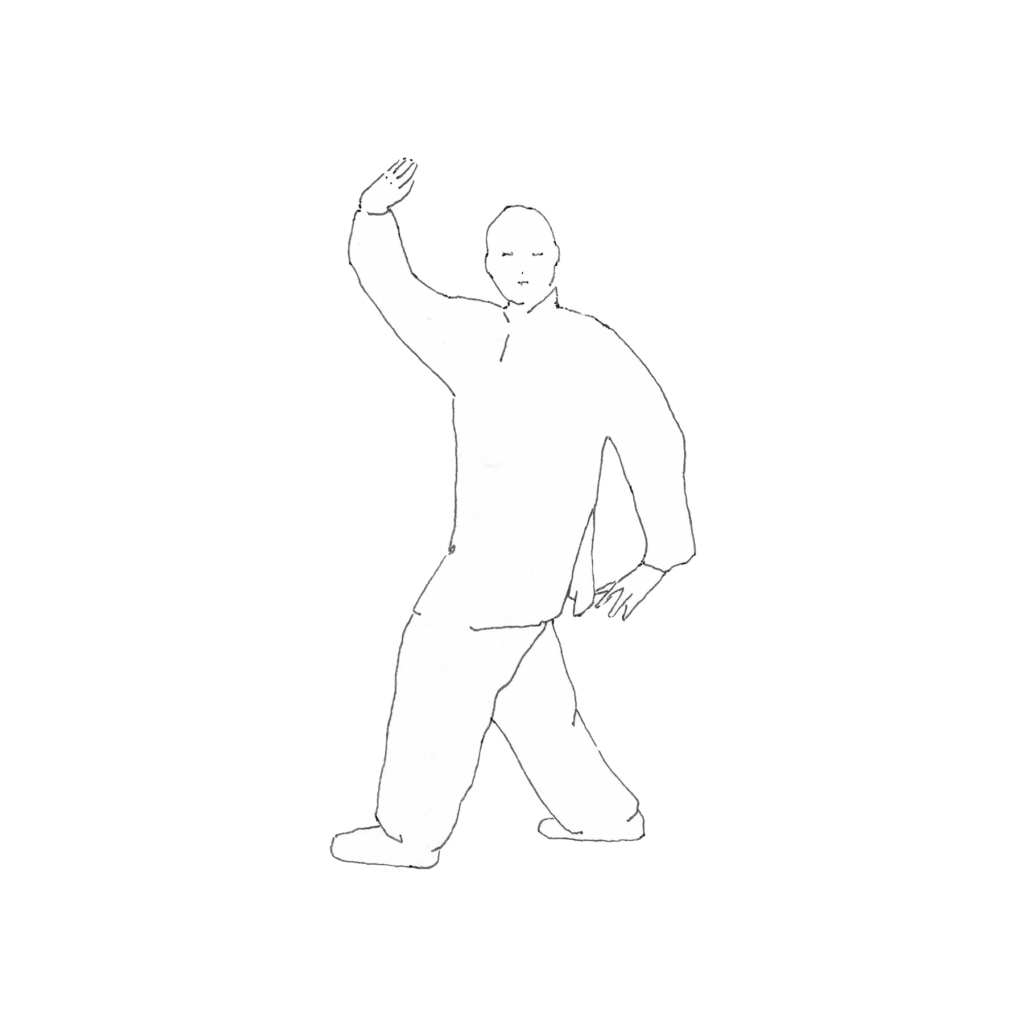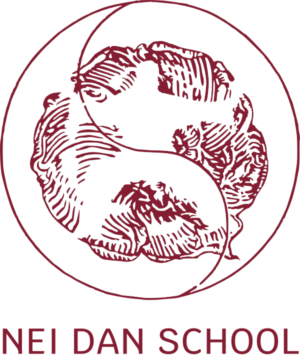Chinese Internal Martial Arts
The Nei Dan School practises Chinese internal martial arts by combining their long traditions with teaching methods adapted to the modern Western student. Our rich heritage derives from the teachings of Master George (Guo Ming) Xu and other great Chinese masters, in a system devised by Master Flavio Daniele.
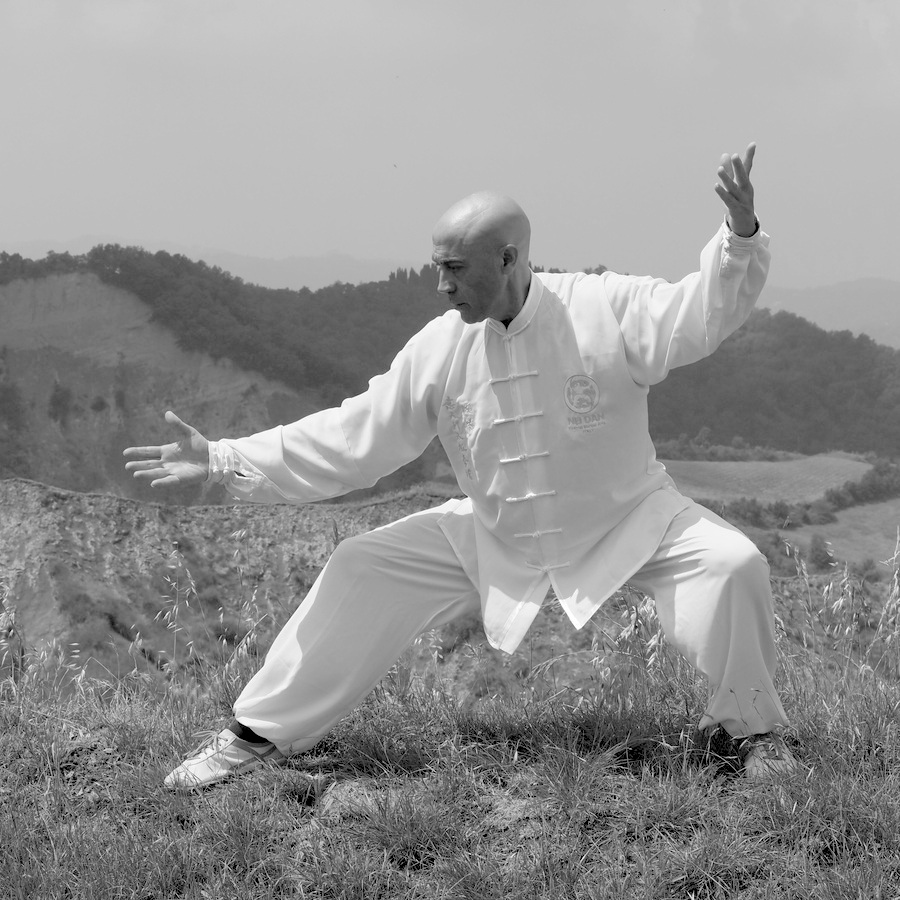
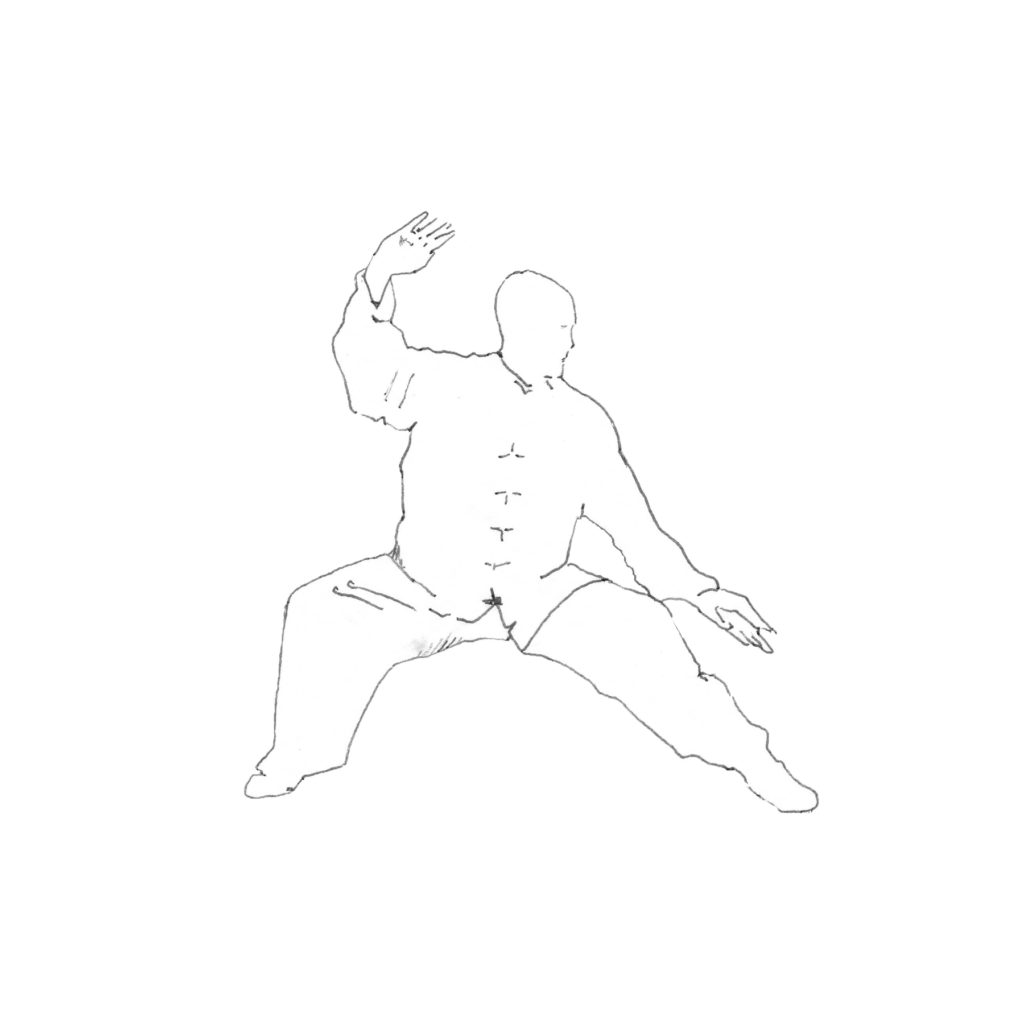
Chen-Style Taiji Quan (Tai Chi Chuan)
Chen is the most ancient and martial of styles from which all others are descended. The school follows the lineage of Chen Fa Ke, passed down through his son Zhao Kui to Master Ma Hong, and then, together with Master George (Guo Ming) Xu, to Master Flavio Daniele.
The Chen Style taught at the school makes use of the Nei Gong or “internal work” approach, which allows a student to enhance the effectiveness of their technique and develop correct alignment, flexibility and power.
Study focuses on the ancient first form of 83 postures (Lao Jia) and the second form of 71 postures (Pao Cui or “Cannon Shot”). These two forms, which preserve the spirit of the ancient martial art unaltered, are rich in applications (leverages, holds and throws) and were taught shielded from public eyes.
A video course on the subject from Master Daniele is available at TaiChiOnline.it
Yang-Style Taiji Quan (Tai Chi Chuan)
Teaching of the Yang Style embraces the simplified form of 24 postures, the classic form of 108 postures (in the public version handed down by Yang Cheng Fu) and the original martial form of Yang Ban Hou, son of the founder Yang Lu Chan, restricted to live-in apprentices only, which preserves unaltered certain martial features eliminated in the Yang Cheng Fu version. Through the Nei Dan Method, Yang-Style Taiji Quan allows a student to unravel their unexpressed potential in full (longevity, well-being and warrior spirit).
A video course on the subject from Master Daniele is available at TaiChiOnline.it
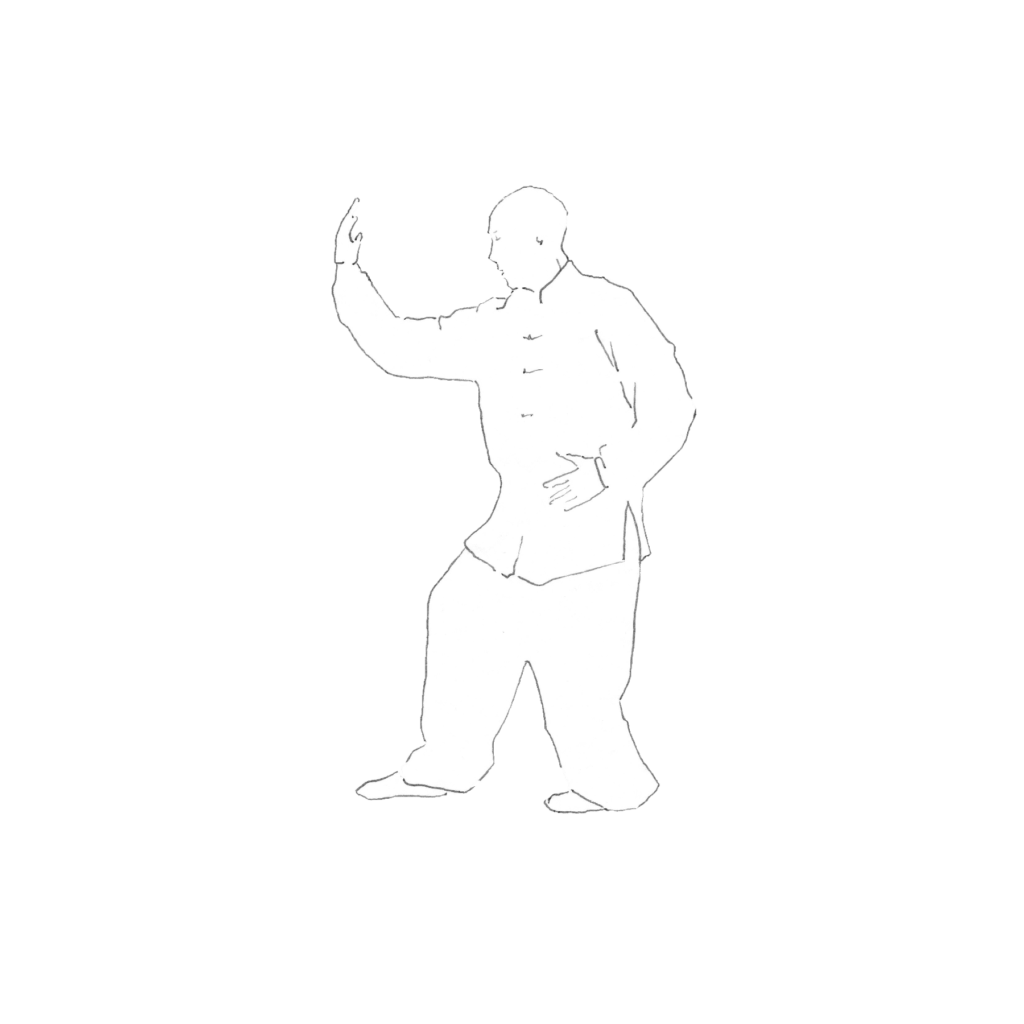
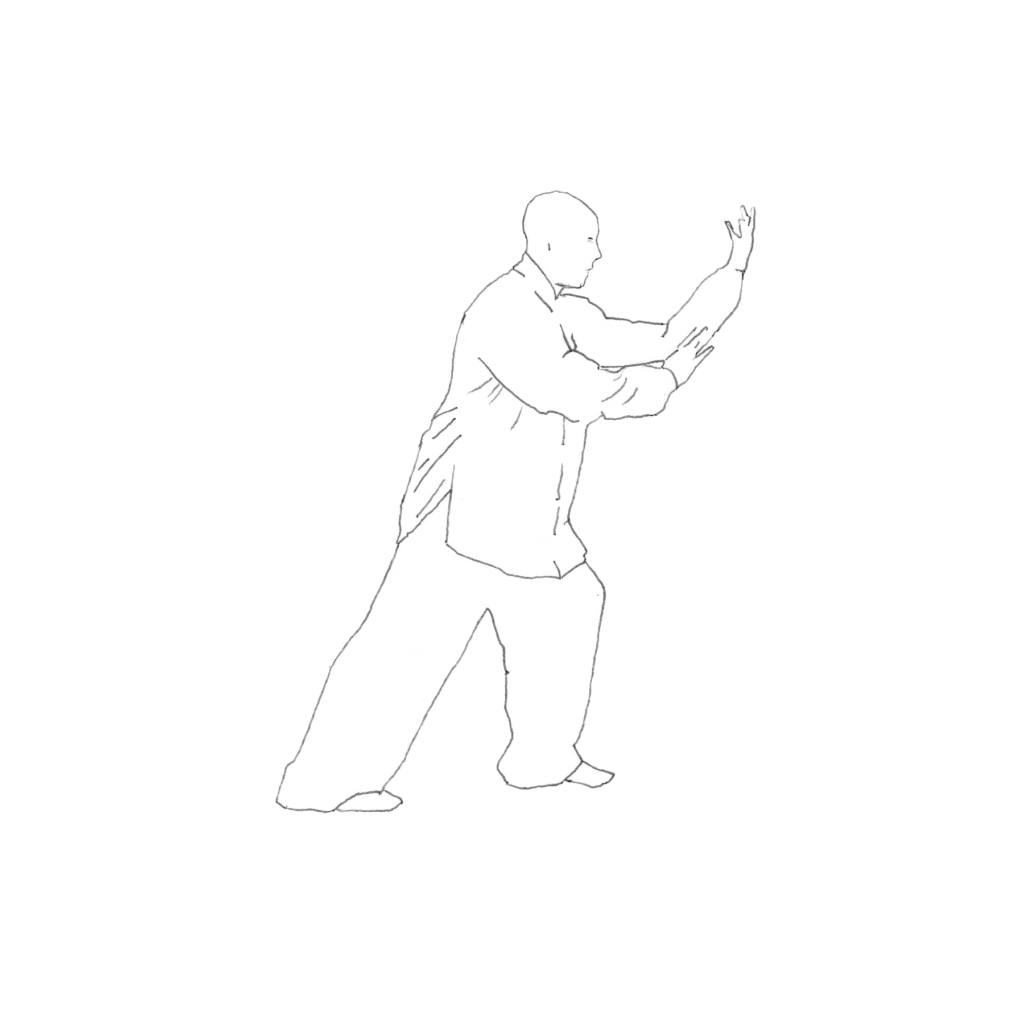
Xin Yi Quan (Hsing I Chuan)
The primary objective of this internal martial art is effectiveness and efficiency in combat. However, like Taiji and Ba Gua, it also has hugely beneficial effects on psychophysical well-being. The style of Xin Yi Quan practised by the school distinguishes itself from other styles of Xing Yi in its adoption of a core principle known as dragon body, which maximises the body’s torsional power and spiral strength. As taught at the Nei Dan School, practice of Xin Yi unfolds on multiple levels, with the geometry of the body and the need to achieve centred movement guided by internal work at its core.
A video course on the subject from Master Daniele is available at TaiChiOnline.it
Ba Gua Zhang (Pa Kua Chang)
Dating to the early 1800s, the origins of modern Ba Gua Zhang can be traced back to Master Dong Haichuan. The style practised at the school is that of the Dragon and was brought to us by by Master George Xu, who learned it from Liou Wan Fu, a student of Zhang Zhan Kuei. It selects and incorporates elements of Xing Yi Quan and Taiji Quan.
